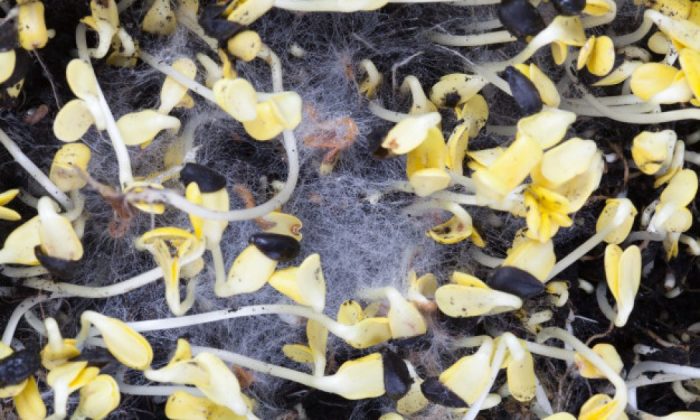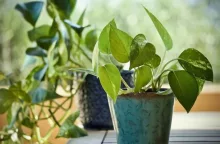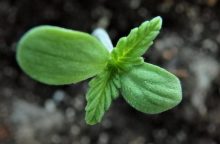Mouldy soil in flowerpots and how to get rid of it.

Mouldy soil is a fairly common problem. Mould tends to appear despite our efforts to get rid of it. We all have seen the white coating on top of soil, which resembles cotton wool. It first forms on the surface, but over time it reaches the roots of plants and may even kill your plants. So, what should you do if you see mould? Can you actually prevent mould?
How does mould form?
Mould is a disease that is formed by a compact mycelium with numerous fungal spores. Excessive watering is the main contributor and if there is insufficient ventilation, low temperature and little light, then you have the perfect conditions for mould growth. Another cause may well be the fact that your soil is contaminated with mould spores. Always make sure that the soil is well-drained, because mould likes heavy and clay soils.
Photo: Pixabay
The appearance of mould is never a nice sight. If you keep ignoring it, it will eventually get inside and permeate deep inside and it will reach roots of your plants and they will not be able to get rid of excessive moisture. Wet substrate supports root rotting and the plant will wither eventually.In addition, too dense mould prevents plants from absorbing water and minerals.
Can you prevent mould?
Do not overwater. This is the first and basic rule if you want to prevent mould. If possible, always create a drainage layer at the bottom of a flower pot when transplanting (the flower pot must have drainage holes). This will drain the excess water out of the flower pot.
Sufficient light is also important (but observe specific requirements of the given plant) and ensure proper air circulation (but watch out for drafts). Ventilate often. Choose a high-quality substrate that is light and impermeable.
How can you get rid of mould?
As soon as you discover mould, you need to take an immediate action. Treat the infected upper layer of the substrate with a fungicide (you may use commercial or homemade, for example, a decoction made from garlic, calendula, nettle or onion). If the mould has spread too much scrape off the top layer and throw it away and replace it with new one. If you do that you should also wash roots well with water and treat with a fungicide. You also need to decontaminate the flower port or container. Do not water immediately but wait with the first watering.
Cinnamon and mould
Cinnamon is known to have antibacterial and antifungal properties and it has been used in home cosmetics, but you may also use it to fight mould. Sprinkle ground cinnamon over the mouldy surface and that is it.
Source: https://prima-receptar.cz/plisen-v-kvetinaci-jak-ji-vyhnat/
Preview photo: Pixabay

Gardening is my hobby, I have a lot of experience and I am happy to share it.









0 comments